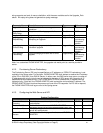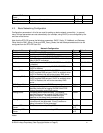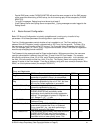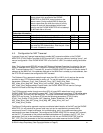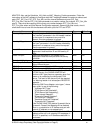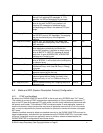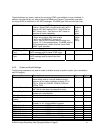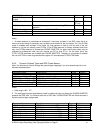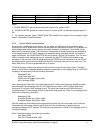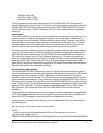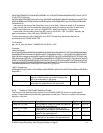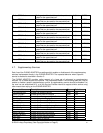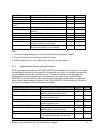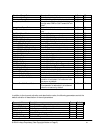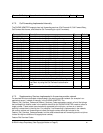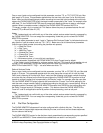
G726r40 Codec Name G726-40 Codec name used in SDP Str31 G726-40
G729a Codec Name G729a Codec name used in SDP Str31 G729a
G729b Codec Name G729b Codec name used in SDP Str31 G729ab
G723 Codec Name G723 Codec name used in SDP Str31 G723
Notes:
1. PHONE ADAPTER uses the configured codec names in its outbound SDP
2. PHONE ADAPTER ignores the codec names in incoming SDP for standard payload types (0 –
95).
3. For dynamic payload types, PHONE ADAPTER identifies the codec by the configured codec
names. Comparison is case-insensitive.
4.6.4. Secure Media Implementation:
A secure call is established in two stages. The first stage is no different form a normal call setup.
Right after the call is established in the normal way with both sides ready to stream RTP packets, the
second stage starts where the two parties exchange information to determine if the current call can
switch over to the secure mode. The information is transported by base64 encoding and embedding
in the message body of SIP INFO requests and responses with a proprietary format. If the second
stage is successful, the PHONE ADAPTER will play a special “Secure Call Indication Tone” for short
while to indicate to both parties that the call is secured and that RTP traffic in both directions are
encrypted. If the user has a CIDCW capable phone and CIDCW service is enabled, then the CID will
be updated with the information extracted from the Mini-Certificate received from the other end. The
Name field of this CID will be prepended with a ‘$’ symbol.
The second stage in setting up a secure all can be further divided into two steps. Step 1 the caller
sends a “Caller Hello” message (base64 encoded and embedded in the message body of a SIP INFO
request) to the called party with the following information:
- Message ID (4B)
- Version and flags (4B)
- SSRC of the encrypted stream (4B)
- Mini-Certificate (252B)
Upon receiving the Caller Hello, the callee responds with a Callee Hello message (base64 encoded
and embedded in the message body of a SIP response to the caller’s INFO request) with similar
information, if the Caller Hello message is valid. The caller then examines the Callee Hello and
proceeds to step 2 if the message is valid. In step 2 the caller sends the “Caller Final” message to the
callee with the following information:
- Message ID (4B)
- Encrypted Master Key (16B or 128b)
- Encrypted Master Salt (16B or 128b)
With the master key and master salt encrypted with the public key from the callee’s mini-certificate.
The master key and master salt are used by both ends for the derivation of session keys for
encrypting subsequent RTP packets. The callee then responds with a Callee Final message (which is
an empty message).
A Mini-Certificate contains the following information:
- User Name (32B)
- User ID or Phone Number (16B)
© 2004 Linksys Proprietary (See Copyright Notice on Page 2)
54



